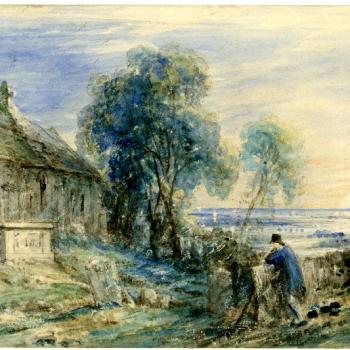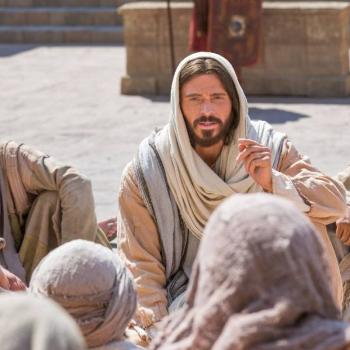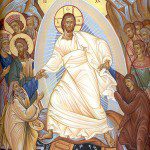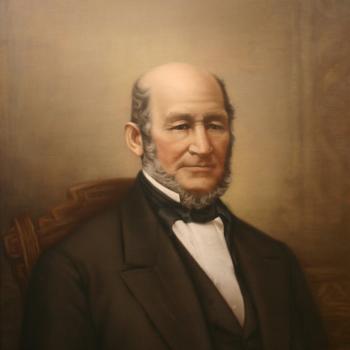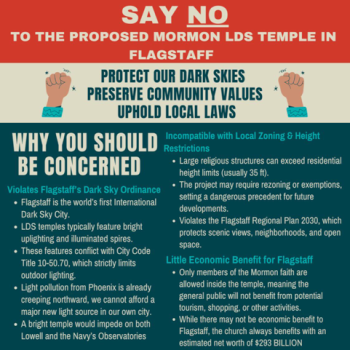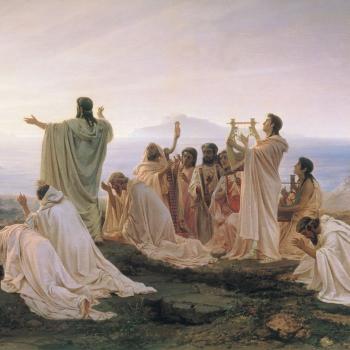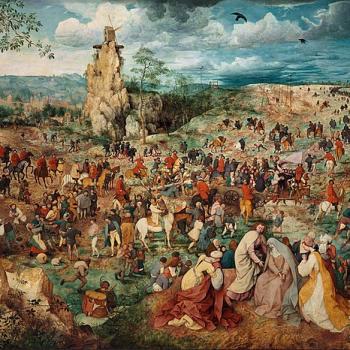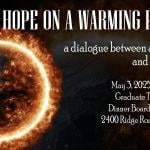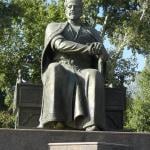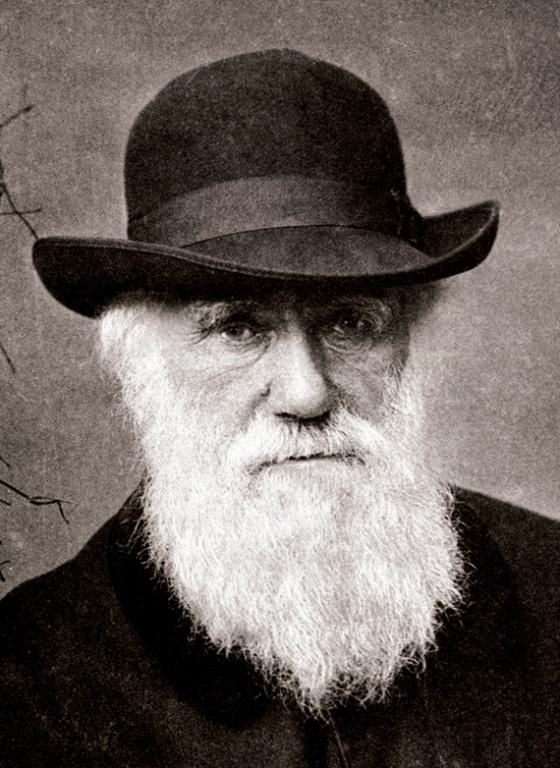
Lacking the benefits of today’s powerful microscopes, Charles Darwin evidently thought of biological cells as simple — bounded but otherwise internally undifferentiated — blobs of organic matter. Even when I was first learning about them, typical illustrations of the cell suggested (to my mind, at least) something resembling, say, an egg with a yolk. Plain white matter, with something different inside. Quite simple, really.
Today, we know plant and animal cells to be almost incredibly complex, in both form and function. More so, apparently, than any factory that humans have ever built. And DNA itself — completely unknown in Darwin’s day, to say nothing of its structure being understood (which had to wait until the work of Francis Crick and James Watson [and Rosalind Franklin] in the 1950s) — is remarkably complex. That is beautifully illustrated in this newly available photograph of a human cell: “‘View of amusement park’: Image of Human cell model leaves netizens mesmerised: Mesmerising and complex beautiful structures always tend to leave netizens in awe and recently, yet another image of detailed human cell model has gone viral.”
With that photograph in mind, I share two passages from Michael Denton, Evolution: A Theory in Crisis:
“The complexity of the simplest known type of cell is so great that it is impossible to accept that such an object could have been thrown together suddenly by some kind of freakish, vastly improbable, event. Such an occurrence would be indistinguishable from a miracle.”
“Molecular biology has shown that even the simplest of all living systems on the earth today, bacterial cells, are exceedingly complex objects. Although the tiniest bacterial cells are incredibly small, weighing less than 10-12 gms, each is in effect a veritable micro-miniaturized factory containing thousands of exquisitely designed pieces of intricate molecular machinery, made up altogether of one hundred thousand million atoms, far more complicated than any machine built by man and absolutely without parallel in the nonliving world.”
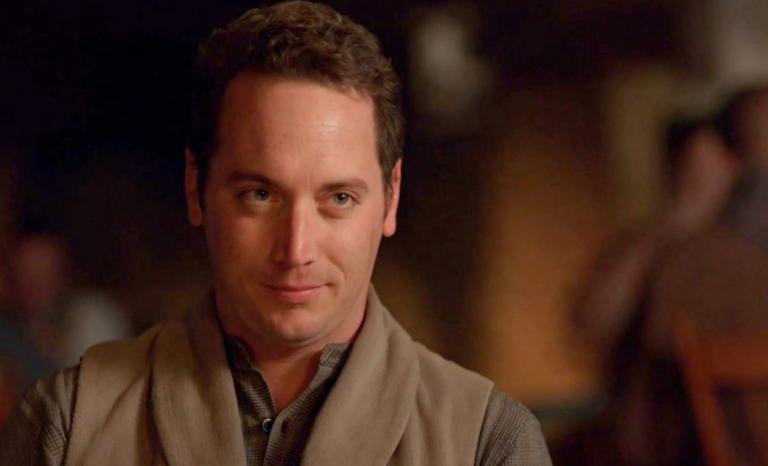
(Still photograph by James Jordan)
Newly up on the website of the Interpreter Foundation: Interpreter Radio Show — February 16, 2025, including Doctrine and Covenants in Context D&C 20-22
Even in the unfortunate and unlikely event that you missed the live broadcast, you can still listen to the 16 February 2025 Interpreter Radio Show, for which the discussants were Bruce Webster and Kris Frederickson. How? It was recorded! And it has now been archived, after having first been edited to remove commercial interruptions, and made available for you to listen to it at no charge.
During the program, Brother Webster and Sister Frederickson discussed Come, Follow Me Doctrine & Covenants lesson 11, Saints, Dan Peterson’s recent article in Interpreter: A Journal of Latter-day Saint Faith and Scholarship, and various other topics.
The Interpreter Radio Show can be heard on Sunday evenings between 7 PM and 9 PM (MDT), on K-TALK, AM 1640. Or, if that doesn’t work for you, you can listen live on the Internet at ktalkmedia.com. Or, if even that hasn’t worked for you, there are always these archived and purified recordings.
And don’t miss your opportunity to stream Witnesses and Undaunted: Witnesses of the Book of Mormon for free. In the former case, anyway, you’re running out of time. Watch it. Enjoy it. Share it with others. The process is easy. Just go to The Witnesses Initiative and click on the appropriate link.
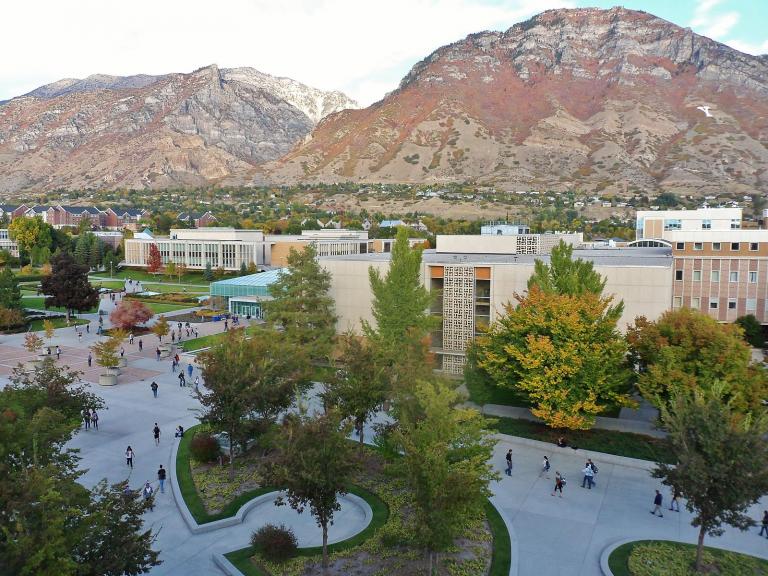
(Wikimedia Commons public domain image)
Lynn Wilder is a former convert to the Church of Jesus Christ of Latter-day Saints who taught counseling psychology and special education at Brigham Young University for the better part of a decade before becoming a Christian™ and leaving the university. She has since published one (or possibly two) books about her journey to Christianity™. So far as I can tell, no Latter-day Saint scholars have paid much attention to her, let alone taken her post-LDS writing seriously. I just came across it a couple of days ago, but Robert Boylan took a look at one aspect of her critique of her one-time faith back in 2017, under the title of “Lynn Wilder vs. Latter-day Saint (and Biblical) Theology on Divine Embodiment.” I found it worth the read.

You’re no doubt aware of the central Latter-day Saint role in most of the violent deaths that occurred west of the Mississippi River in the nineteenth century, of our complicity in the 1986 Challenger space shuttle disaster, and many other similar scandals. But you may not have heard of this wicked conspiracy, which has now been revealed to the world by the courageous investigative reporter Hannah Link, who is a student at the University of Victoria in British Columbia: “Mormonism is at the root of strict gender ideals and beauty expectations everywhere: How the ultra-traditional religion has infiltrated social media, and why it needs to stop”
You may be aware of the heartwarming chant of “F . . . the Mormons” that broke out the other night in Tucson following the narrow upset victory of Brigham Young University’s basketball team over the nationally-ranked team fielded by the University of Arizona:
Similar chanting has occurred recently at a number of football and basketball games involving BYU — e.g., beyond the University of Arizona, at the University of Oregon, Providence College, and the University of Southern California (and probably at others that I’ve forgotten about).
If Ms. Link’s article and the behavior of the student cheering sections at Oregon, Providence College, USC, and Arizona have left you feeling a bit discouraged about the value of contemporary higher education, here’s an article from the Harvard Crimson that should restore your faith. Although staff writer LeMonie K. Hutt betrays no signs of any particular knowledge of Latter-day Saint or Western or Utah history, she really liked the hit Netflix miniseries American Primeval: “‘American Primeval’ Review: The Untold Stories of the Frontier.” Of course, “despite the series’ commitment to historical accuracy, many followers of the faith are unsettled by its portrayal of their prophet, Brigham Young, as an antagonist.” Sigh. Historical accuracy can be unsettling, right?
Posted from Kāʻanapali, Maui, Hawaiʻi




